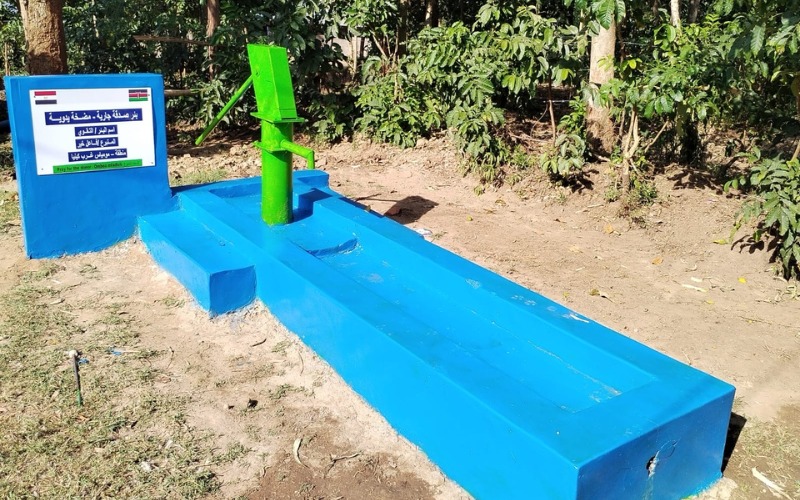Description
Shallow well drilling by Nosamary.
Shallow well drilling involves the process of creating a water well that taps into relatively shallow aquifers, typically within depths ranging from a few meters to around 30 meters (approximately 10 to 100 feet). Here’s a step-by-step description of how shallow well drilling is typically carried out:
- Site Selection: Engineers or drillers select a suitable location based on geological surveys, hydrological studies, and sometimes local knowledge of groundwater availability. Factors considered include soil composition, proximity to potential contaminants, and accessibility for drilling equipment.
- Preparation: The chosen site is prepared by clearing vegetation and leveling the ground to provide a stable platform for drilling equipment.
- Drilling Equipment Setup: A portable drilling rig suitable for shallow wells is assembled on-site. These rigs can vary in size and complexity depending on the depth and diameter of the well being drilled.
- Drilling Process:
- Initial Drilling: The drilling rig begins boring into the ground using rotary or percussion drilling methods. Rotary drilling involves a rotating drill bit that cuts through soil, sediment, and softer rock layers. Percussion drilling uses a hammering action to break through harder materials.
- Casing Installation: As the borehole progresses, steel or PVC casing pipes are inserted into the well to prevent collapse and to protect the surrounding groundwater from contamination. The casing is typically perforated near the bottom to allow water to enter the well.
- Well Development:
- Screen Installation: A screen made of perforated pipe or wire mesh is often installed in the lower section of the well casing. This screen allows water to enter while filtering out sediment and preventing the well from becoming clogged.
- Gravel Packing: Gravel may be added around the screen to provide additional filtration and stability.
- Testing and Completion:
- Water Quality Testing: Once drilling and casing are complete, the well is tested to ensure the water meets local health and safety standards.
- Pump Installation: A hand pump, electric submersible pump, or other suitable pumping system is installed to draw water from the well to the surface. The type of pump depends on factors such as well depth, water level fluctuation, and intended use.
- Wellhead Installation: A wellhead is installed at the top of the well casing. This includes fittings, valves, and sometimes a protective housing to prevent contamination and to allow access for maintenance and water extraction.
- Monitoring and Maintenance: After installation, the well may be monitored periodically to ensure continued water quality and quantity. Routine maintenance, such as cleaning the well screen or replacing pump components, helps ensure the longevity and efficiency of the well.
Shallow wells are common in rural and suburban areas where groundwater is relatively close to the surface and can provide a dependable water source for residential, agricultural, or small-scale commercial purposes. Careful planning, drilling, and maintenance are essential to maximize the yield and lifespan of shallow wells while minimizing environmental impacts.





